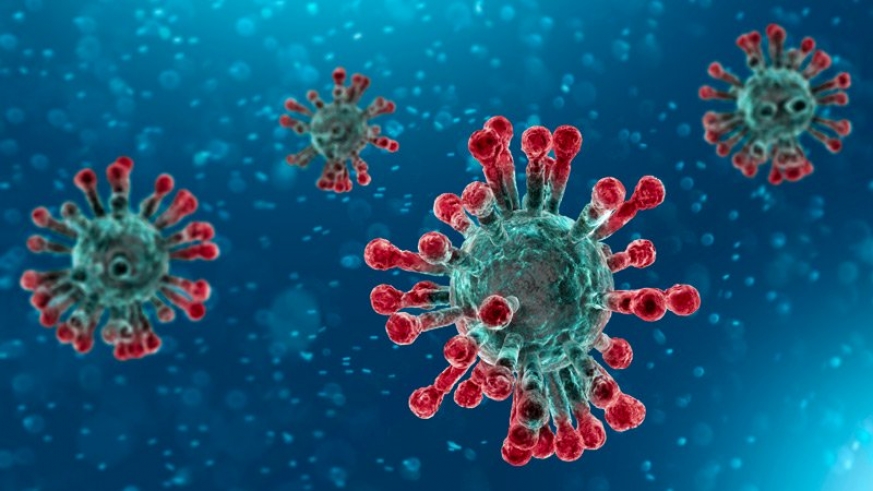

To date, the number of recoveries in Rwanda have surpassed active cases of COVID-19. Rwanda has so far recorded 143 COVID-19 cases and out of these, 76 have since recovered.
With the ability to test over 1,000 samples a day and deliver results in just 24 hours, what are the stages of testing COVID-19? What tells whether a patient is positive or negative?
The New Times posed these questions to Dr. Jean Baptiste Mazarati, Head of the Department of Biomedical Services at the Rwanda Biomedical Centre. Below are explained stages of COVID-19 testing as explained by Dr. Mazarati.
How are samples collected?
All hospitals in Rwanda are capable of taking samples. They are collected either from contacts who were traced or people who called 114 and directed to nearby hospitals.
Collecting a sample involves inserting a 6-inch long swab into the cavity between the nose and mouth (nasopharyngeal swab) for 15 seconds and rotating the swab several times. The swabbing is then repeated on the other side of the nose to make sure enough material is collected. The swab is then inserted into a container and sent to a lab for testing.


Samples are currently collected from Nyamirambo and Remera stadiums, IPRC Kicukiro and all treatment centers.
RNA extraction
Unlike many other viruses, Coronavirus is an RNA (Ribonucleic-Acid)-based virus. This makes samples for testing Coronavirus and HIV –which is also RNA based- relatively hard to extract. Other viruses such as Human Papiloma Virus are Deoxyribonucleic Acid (DNA) based virus.
The theory is explained as Central Dogma of molecular biology. DNA is transcribed in RNA which is also translated into proteins that make the body function.
What makes RNA-based viruses hard to extract is that the transfer of information from nucleic acid to nucleic acid –RNA to DNA or vise versa-, or from nucleic acid to protein may be possible, but transfer from protein to protein, or from protein to nucleic acid is impossible.
Reverse transcript and Polymerase chain reaction
Once RNA is extracted, it is transcribed into DNA to be able to identify SARS-CoV-2 or Coronavirus. Then, the DNA is solved through three steps, heating, cooling and amplifying, the process is technically termed as "Polymerase chain reaction”.
Typically, the goal of PCR is to make enough of the target DNA region that it can be analyzed or used in some other way.
Heating and cooling the DNA aims at solving chains allow DNA to be synthesized. Once chains are solved, each DNA is amplified into 2 for 40 times thus millions of copies of DNA. The process goes on for two hours before they indicate whether the sample is COVID-19 positive or negative.
Polymerase chain reaction explained
Look for SARS-CoV-2 or Coronavirus
After amplifying, we look for coronavirus genetic material. When the sample is positive, the polymerase chain reaction does not have to reach to 40 times. We can detect the virus on 10 time or earlier. After results are identified, they are sent to doctors electronically and get announced to patients and public.
The above process is conducted on over a thousand samples in 24 hours. According to UNDP, ability to social distance, rapidly trace and test COVID-19, are keys to flattening the curve.


